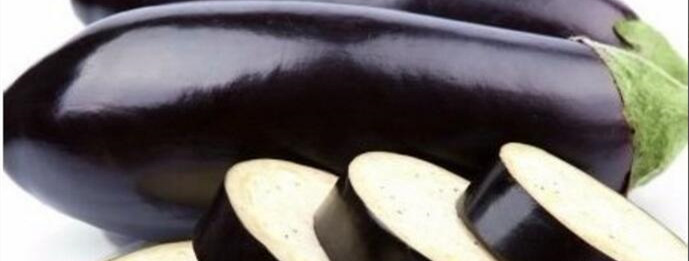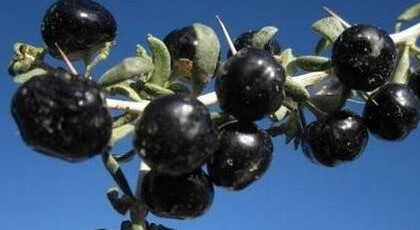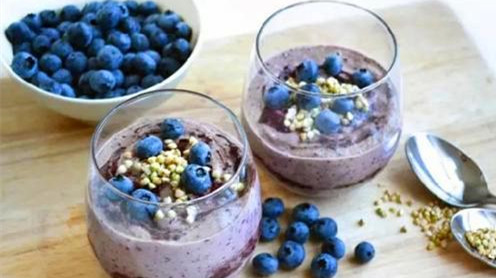Anthocyanin
Modern people have found that although the study of antibiotics and vitamins has been very thorough, it cannot solve modern diseases such as cardiovascular and cerebrovascular diseases, diabetes, and cancer, as well as sub-health conditions, but it cannot solve people’s problems of longevity and anti-aging. Scientific research: If once the problem of free radicals is solved, human cells can grow truly free, and the average life expectancy of a person will reach 125 years. Therefore, the length of human life depends directly on the strength of people’s ability to resist oxidation and anti-free radicals, and the discovery of anthocyanins has found the most simple and effective method for antioxidants and anti-aging in people around the world.
The discovery and application of anthocyanins have enabled humans to enter the era of anthocyanins in the 21st century from the era of antibiotics and vitamins in the 20th century! With the development of science and technology, people pay more and more attention to the safety of food additives. The types and quantities of synthetic pigments have been greatly reduced. Therefore, the development and application of natural pigments has become the general trend of the development of food pigments in the world.
The application of anthocyanin
Anthocyanin in Europe, known as “oral skin cosmetics”, to prevent the early generation of skin wrinkles, it will not only prevent the early generation of skin wrinkles, but also to supplement nutrition and eliminate harmful free radicals. Anthocyanins also have many functions such as improving vision, enhancing immunity, preventing cancer, and preventing radiation.
Freeze-dried anthocyanins are made from lyophilized blueberry, blackberry, black sorghum, black currants, red peony, cranberry, mulberry, blue pod, red raspberry, etc. Anthocyanin powder.
By using a low-temperature lyophilization process, it is performed at a temperature below 0°C, that is, in a state where nine kinds of berries are frozen. Under vacuum conditions, when the water vapor sublimates directly, the berry and the active material remain in the frozen ice shelf to form a spongy porous structure similar to the spongy structure, so that after drying it is almost the same size. When brewing, the water temperature is lower than 40 °C to maintain the biological activity of lyophilized anthocyanins.
Anthocyanin-containing foods
The purple color of eggplant skin is derived from anthocyanins and their glycosides, and eating the eggplant with skin will allow anthocyanins to be preserved. Eggplant is also rich in vitamin P, this substance can enhance the inter-human cell adhesion, increase the elasticity of capillaries, reduce the brittleness and permeability of capillaries, prevent microvascular rupture bleeding, so that the cardiovascular function to maintain normal. Therefore, eating eggplant not only can absorb procyanidins in the skin, but also lower blood pressure and cholesterol.

Sweet and juicy mulberry, rich in anthocyanins, brings antioxidant properties. Black mulberry is rich in active vitamins, amino acids, and resveratrol in addition to its rich anthocyanin.

- Blueberry is rich in a large number of super antioxidants – OPC anthocyanins, eat regularly can make your eyes bright, compact skin. The dark blue pigment in blueberries contains chemical elements that promote the flow of blood into the brain and has the effect of supplementing the vitality of the mind.

Purple Cabbage is particularly suitable as a kind of vegetables for vegetable salad. Its nutritional value is extremely high. Its anthocyanin content is not low. It is suitable for eating every day and the price is also affordable.

The anthocyanin content of the black medlar is slightly different from that of blueberries. After the black buckwheat is dried, it is brewed with tea. The taste is also very clear. It is not greasy. It is suitable for people who like daily tea health care.








Leave A Comment